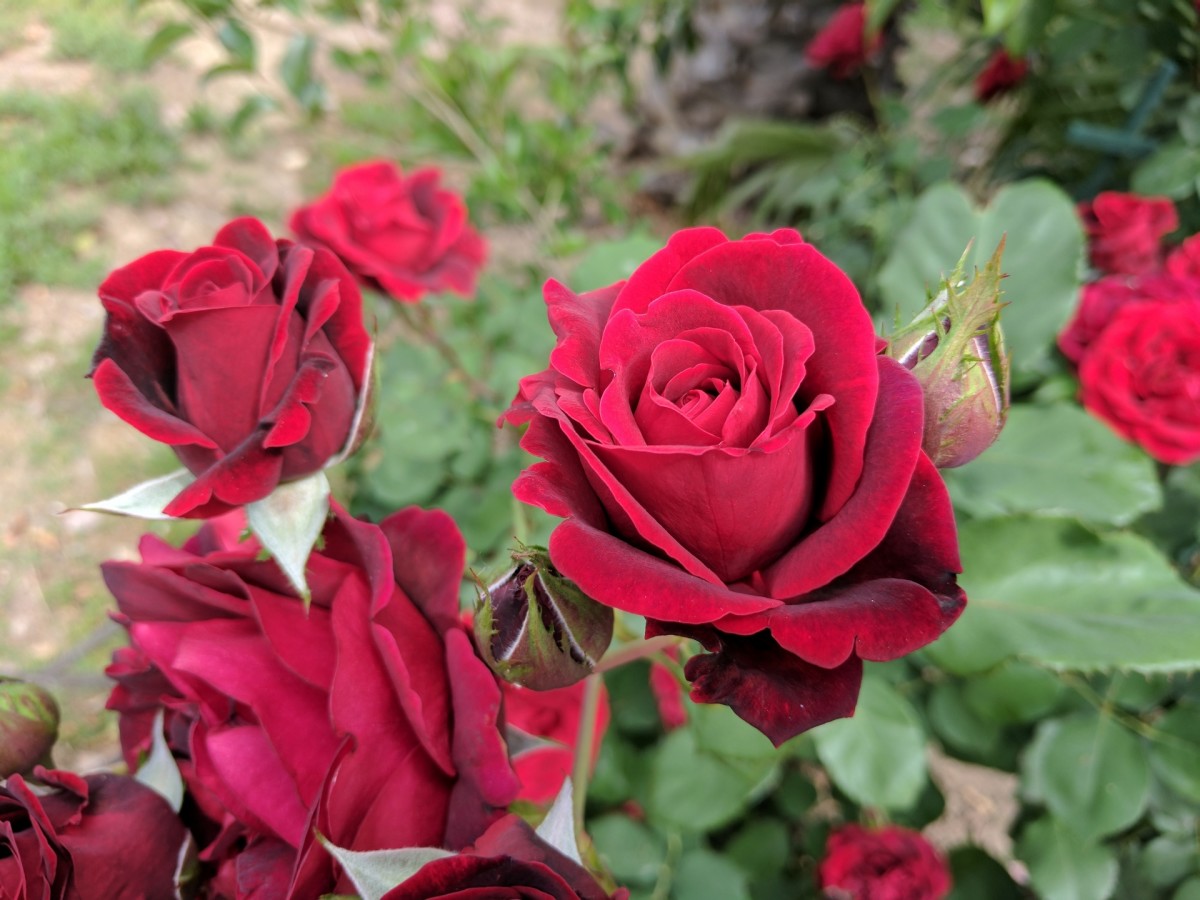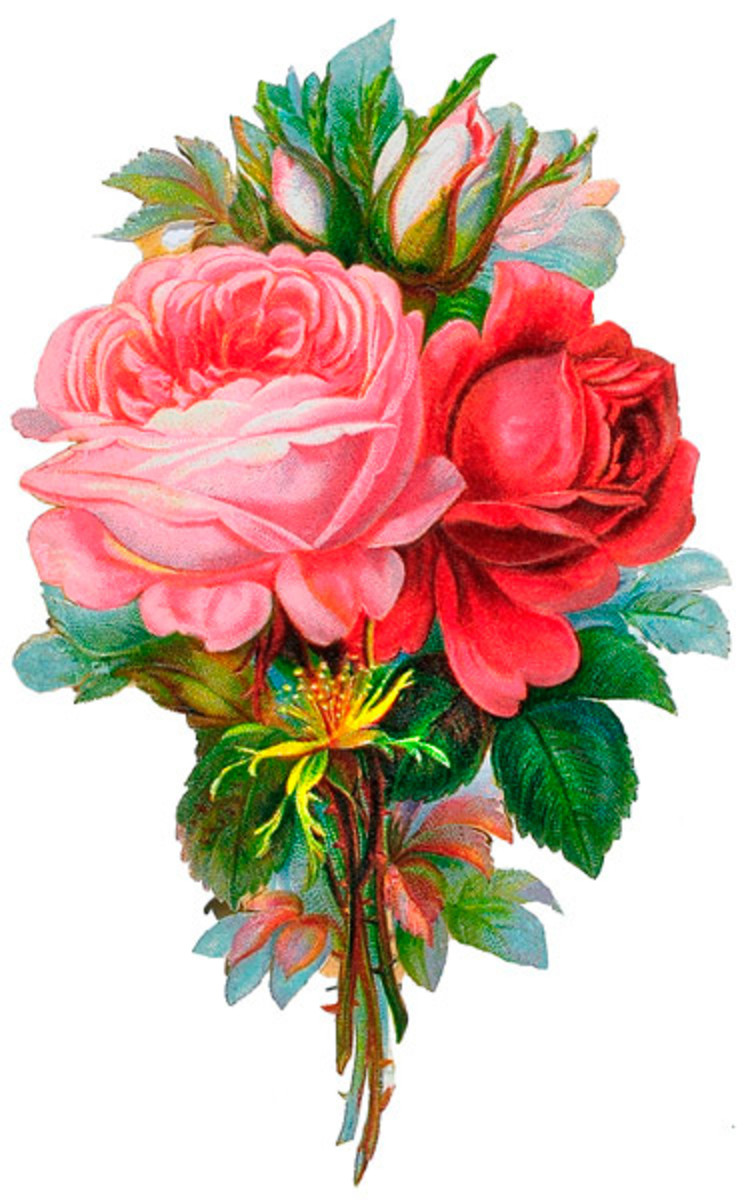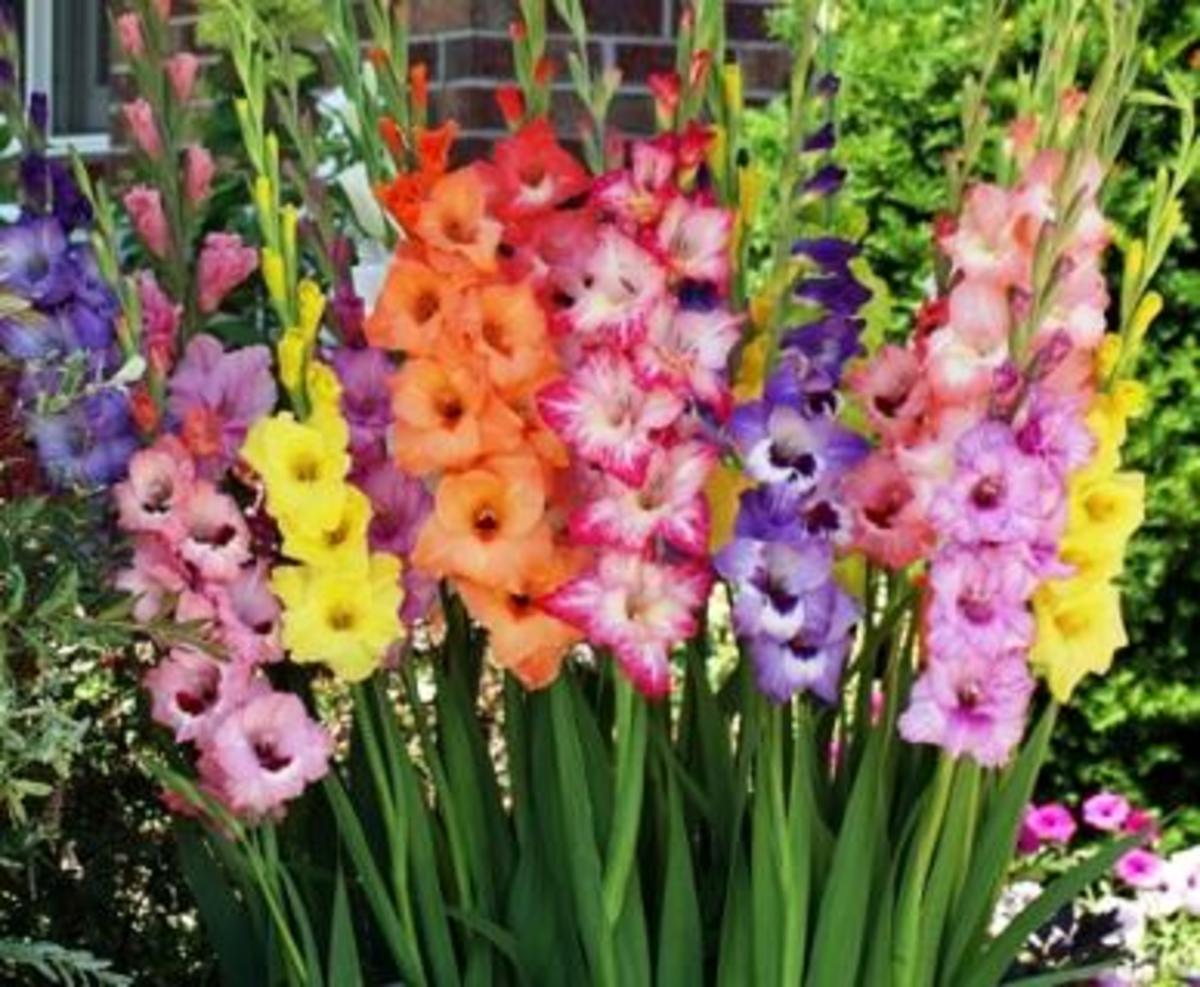Plant and Flower Meanings

“In joy or sadness flowers are our constant friends.”
― Kakuzō Okakura, The Book Of Tea
Why We Send Flowers
Flowers, herbs and other plants have been grown in gardens worldwide for centuries not only for the practical purpose of providing nourishment but also for their ornamental value as a source of beauty and calming influence. In the inherent beauty of plants is found the ability to:
- cheer the sick or depressed,
- show love and affection to others,
- provide a peace offering after an argument,
- create moods through their fragrance,
- create lovely perfumes through their oils,
- create medicines and food.
Flowering plants are so effective in creating a mood or message from the sender to the receiver that mankind has attached significant meaning to giving them as gifts. In fact, a whole language of flowers was developed called "floriography. This language was utilized particularly during the Victorian Era; however, flowering plants have had specific religious and symbolic meaning attached to them for centuries.
Forsythia is pure joy. There is not an ounce, not a glimmer of sadness or even knowledge in forsythia. Pure, undiluted, untouched joy.
Anne Morrow Lindbergh
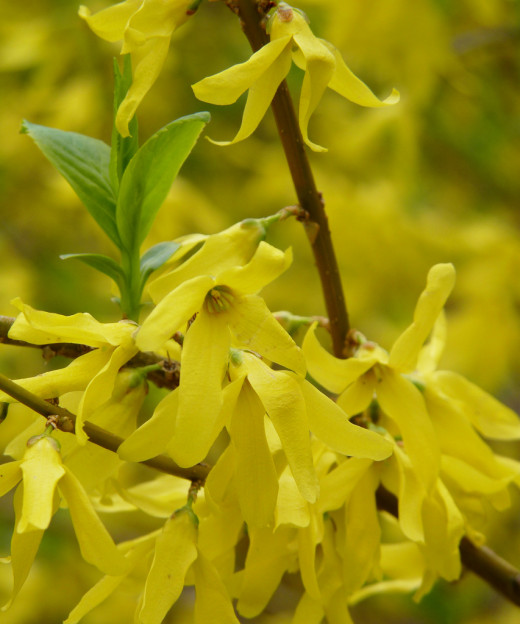
What Is Floriography?
Floriography is the language of flowers. This language was most prevalent in the Victorian Era during the reign of Queen Victoria of England (1837-1901) during which proper etiquette was in fashion among the upper class. These rules and customs of etiquette demanded specific behaviors. Among those behaviors prohibited were:
- blatant flirtations
- gossip
- speaking or acting in anger
- preferring your own comfort over others
Therefore, in order to communicate messages which were unacceptable to share verbally, floriography became the accepted form of communication. The language of flowers extended beyond the simple meaning of the flower itself. It included the combined meaning of often several plants, the presentation and often the manner in which the flowers were received.
During this era, flowers were used to decorate everything including:
- hair and clothing
- jewelry and gowns
- men's lapels
- wallpaper
- tapestries and rugs
- china and stationary
It was traditional for a courting young man to bring his lady flowers. His arrangement could either please or displease his intended by the arrangement, color and types of flowers and greenery. Each flower had a special meaning implying love or dislike depending upon
- kind,
- size
- how they were held
- and how the flowers and greenery were grouped.
How the flowers were sent also conveyed a particular meaning subtle or direct.
- Flowers presented in an upright position conveyed positive thoughts.
- Those presented in a downward position had a negative connotation.
- A proposal or question could be answered positively by offering a flower with the right hand.
- Offering a flower with the left hand signified a negative answer.
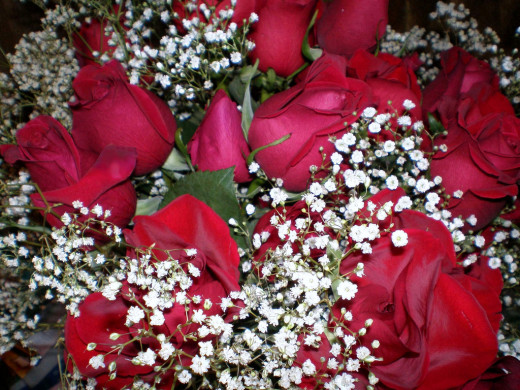
The Special Significance Of Roses
Not only did a particular flower have meaning but its color also added to its significance. Roses have had significant meanings for a very long time and even today, the following meanings still hold true in many areas of the world.
Rose Red - I love you / Passion
Rose White - Eternal love / Purity
Rose Yellow - Joy / Friendship
Rose Pink - Perfect happiness/ Warm Affection
The Language Of Flowers
Books on floriography were written offering meanings of large numbers of flowering plants including herbs. In 1819, the earliest flower dictionary was published in Paris, Le Language de Fleursand. The standard guide, used widely throughout England and the United States was written by Miss Corruthers of Inverness in 1879. Meanings were given based on a number of factors:
- mythology
- tradition
- medicinal uses
- and sometimes, the meanings were based on the imagination of the writer
In the present day, the meanings of most flowers have all but been forgotten. However, a few flower meanings have remained firmly entrenched in our traditions. A single, long-stemmed red rose is still almost universally recognized as a symbol of true love. The forget-me-not is still sent when someone is missed or is leaving for a long time.
Often wrapped with lace doilies, tussie mussies were small, hand-held bouquets and were a favorite gift the sender infused with meaning by including well chosen, fragrant herbs and flowers. Always, great care was given to the choice of the flowers and herbs to ensure the intended meaning was accurately expressed. Also known as nosegays, these bouquets were often held at nose level to block out unpleasant odors common during the Victorian era. Suitors watched carefully how their ladies carried a presented tussie mussie. If she held the bouquet a heart level, it was a good sign that she was happy and in acceptance of his advances. A bouquet held downwards indicated rejection.
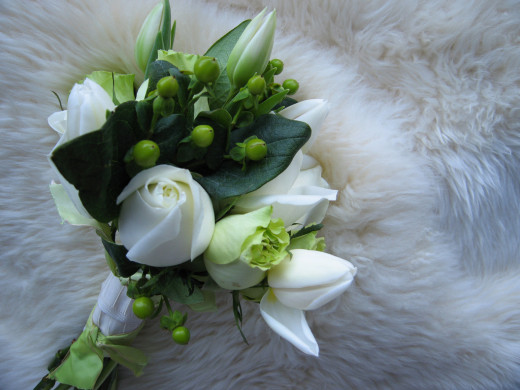
Meanings Of Flowers And Herbs
FLOWER
| MEANING
|
|---|---|
Almond Flower
| Hope
|
Amaryllis
| Pride / Beauty
|
Baby's Breath
| Innocense, Pure of heart
|
Balm
| Sympathy
|
Basil
| Best Wishes
|
Bell flower - white
| Gratitude
|
Bergamot
| Irresistable
|
Birds of Paradise/Strelitzia
| Magnificence
|
Carnation Pink
| I’ll never forget you
|
Carnation Red
| Admiration
|
Carnation White
| Innocence / Pure love
|
Carnation Yellow
| You have disappointed me
|
Chrysanthemum
| Cheerfulness / You’re a wonderful friend
|
Clover - four leaved
| "Be mine"
|
Cornflower
| Delicacy / refinement
|
Dahlia
| Good taste
|
Eucalyptus
| Protection
|
Fennel
| Flattery
|
Forget-me-Not
| Remember me forever
|
Forsythia
| Anticipation
|
Gardenia
| You’re lovely / Secret love
|
Gerbera
| Regard
|
Heather
| Admiration
|
Iris
| Wisdom / Eloquence
|
Ivy
| Fidelity, friendship, marriage
|
Jasmine
| Grace/ Elegance
|
Lavender
| Luck, devotion
|
Lilac
| First love
|
Orchid
| Love / Beauty
|
Peony
| Bashfulness
|
Stephanotis
| Desire / Happiness in marriage
|
Sunflower
| Loyalty/Adoration
|
Sweet Pea
| Good-by, Departure, Blissful Pleasure, Thank You for a Lovely Time
|
What a desolate place would be a world without a flower! It would be a face without a smile, a feast without a welcome. Are not flowers the stars of the earth, and are not our stars the flowers of the heaven.
A.J. Balfour
Use Floriography When Sending Flowers
Resurrect the forgotten art of floriography. Especially if you have a hard time telling someone how you feel, say it with flowers. Put together a specially arranged 'mussie tussie'. Carefully choose your flowers and greenery to infuse it with feelings of love or friendship. If a good friend is leaving let them know you'll miss them with a nosegay including forget-me-nots. Add the finesse of the language of flowers to your modern day romance or special relationships. Don't forget to add a card that explains the hidden meaning to your message of flowers!
Resources Used
Eras of Elegance. Eras of Elegance.com. Hobbies and Crafts: The Victorian Art and Language of Flower Arranging.2007
Taylor, Wendy. Proflowers.com. Floriography: The Language of Flowers in the Victorian Era. August 9, 2011.
Victorian Bazaar. victorianbazaar.com. Language of Flowers. 2000







